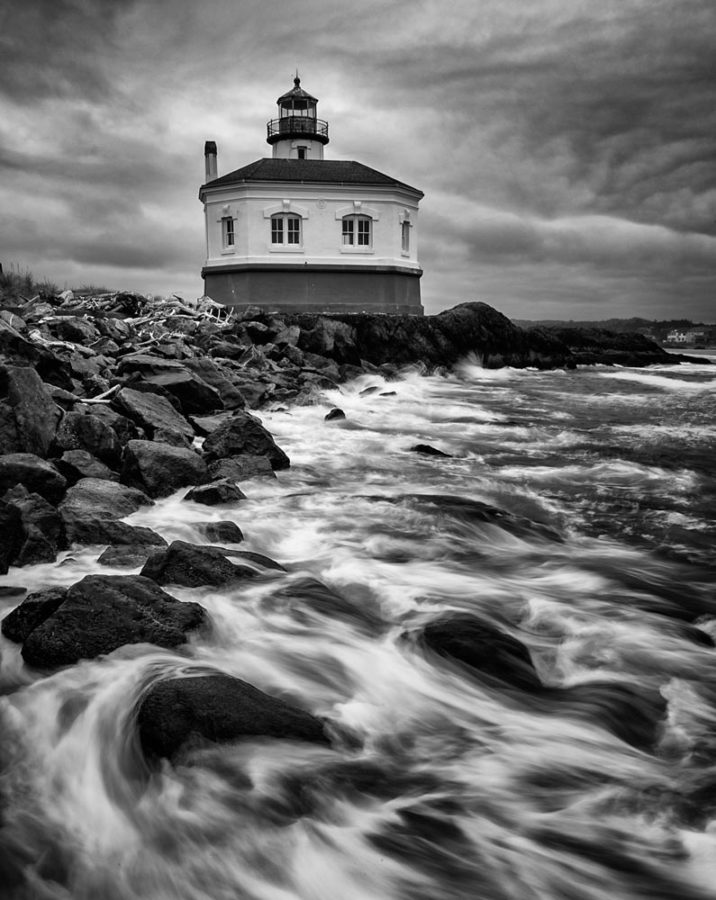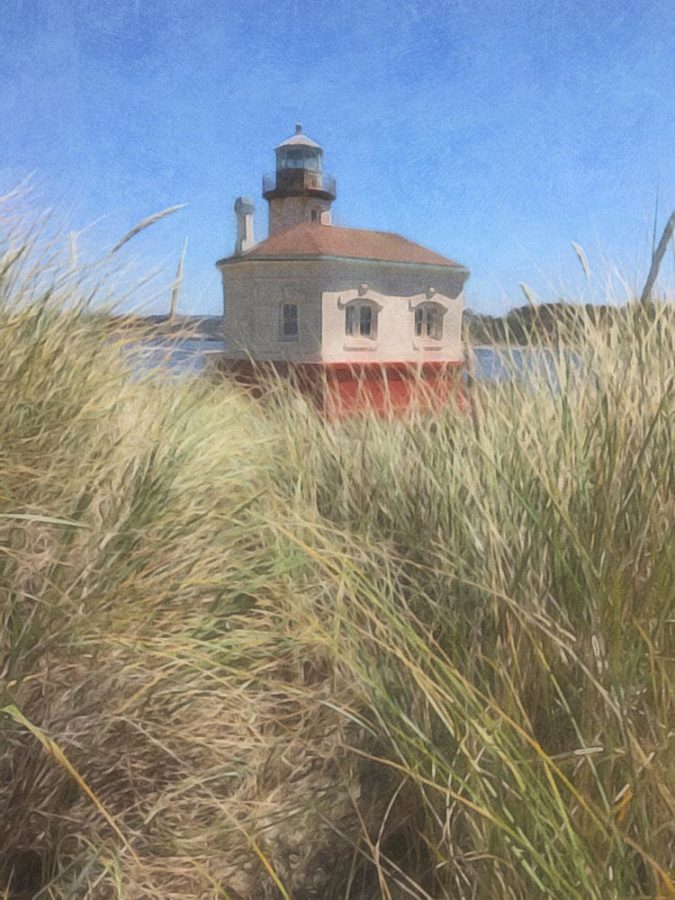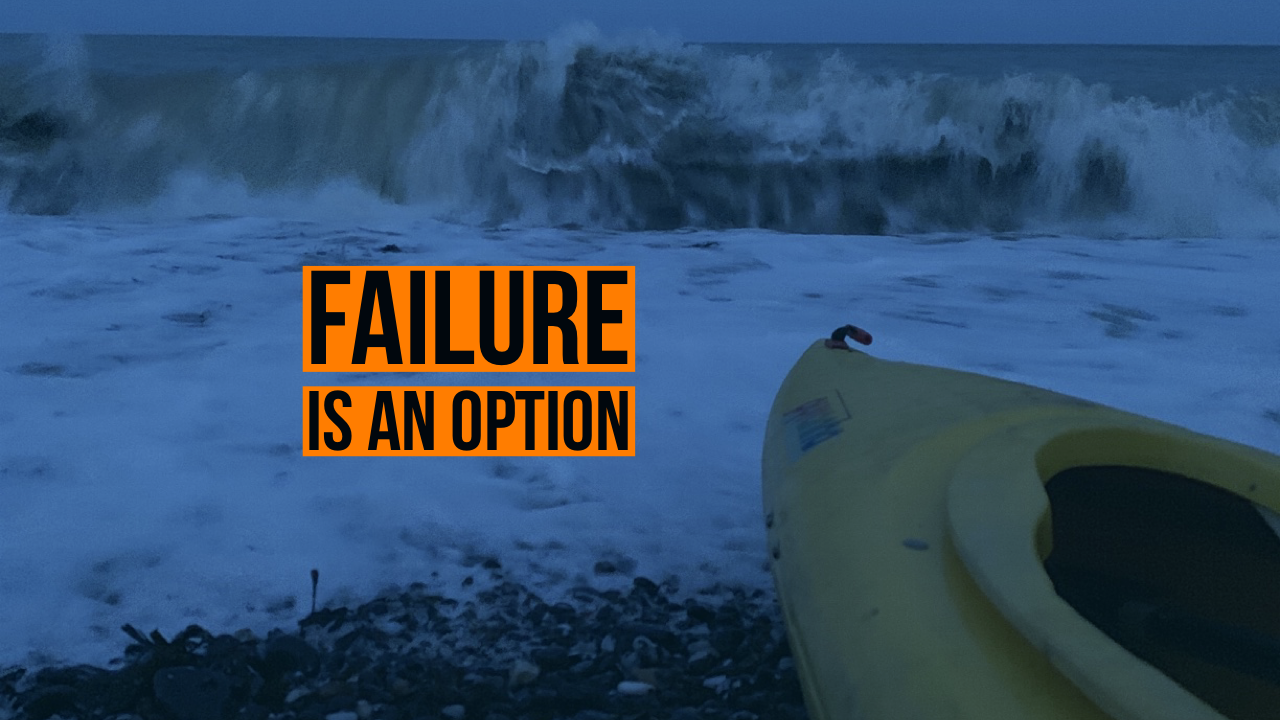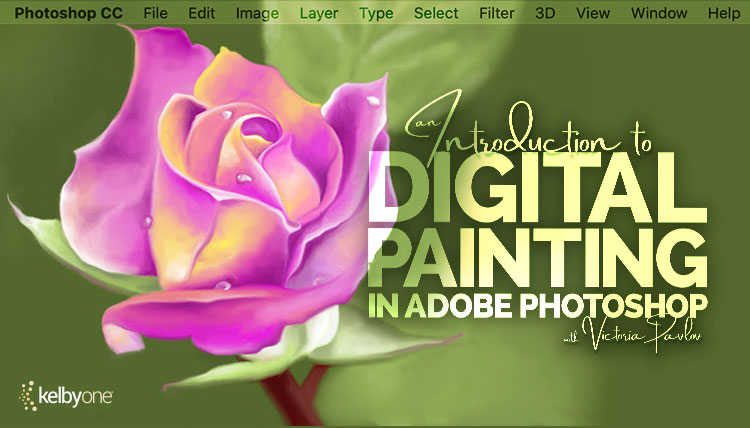
Hey Scott! Thank you for having us here on your awesome blog. It’s always an honor. And thanks Brad Moore for putting this all together! You Rock, too – especially with your rock and roll photographs.
In this post Susan and I will share some of the photo tips (many more in the book) from our most recent book: Oregon Coast Photo Road Trip – How to eat, stay, play and shoot like a pro.
As the title implies, it more than just a photo book. It’s travel guide to one of the most beautiful places in the United States, if not on the planet.
We’ll start with a few of Rick’s tips, for digital SLR and mirrorless shooters (he uses a Canon 5D Mark IV and Canon EOS R), followed by Susan’s tips for smart phone (she uses an iPhone) photographers. We’ll add the locations, too!
Here we go!
From Rick:

Silhouettes Are Sweet
Silhouettes are fun and creative to shoot, because they have a sense of mystery and wonder. To prevent overexposed highlights, which is easy to do at sunset and sunrise, set your exposure compensation to -1 . . . for starters.

Pack A Telephoto Lens
In addition to offering breathtaking scenic opportunities, which you’ll capture with your wide-angle lens (I recommend a 16-35mm lens), the Oregon Coast also offers wonderful wildlife photo opportunities. For close-ups of the animals, you’ll need a telephoto lens. This photograph of a mother seal and pup was taken with my Canon 100-400mm lens, which is my favorite wildlife photography lens. You’ll need that 400mm focal length because in many cases, you can’t get close to the animals.

When You Think You Are Close, Get Closer
I used my Canon 15mm fish-eye lens to capture all the sea stars on this huge, mussel-covered rock. The image has impact for two main reasons: interesting and colorful subjects and because I was photographing very close, maybe about two feet from rock. The concept of getting closer does not always work, because “negative space” can be nice, too. But give it a try and see if your image looks more dramatic with a closer perspective.

Explore HDR
High Dynamic Range photography is needed to capture the entire brightness range of a scene with very high contrast. Basically, you take a series of pictures at different exposures at, over and under the recommended exposure setting, and then use an HDR program to merge the images together into one dramatically exposed image.

Slow It Down
For creative seascape photographs with silky-looking water, you need two essential accessories: a neutral density filter (ND filter) or set of ND filters, and a sturdy tripod.
ND filters reduce the amount of light entering your camera, allowing you to use slow shutter speeds – from ¼ of a second to several seconds or even minutes – even on bright days. You need a sturdy tripod to steady your camera during long exposures.
Variable ND filters let you “dial in” the light-reducing effect, usually from 8 to 10 f/stops. Fixed ND filters come in different grads, 3, 6, 10 and 20 f/stops. I use only fixed ND filters. Why? Because variable ND filters can produce a dark band or circle in the image when using a wide-angle lens. Sure, a set of fixed ND filters is more expensive than a variable ND filter, but the quality and results are worth it.
And Now From Susan:

Spice It Up with Lens Flare
Here is a before-and-after pair of images that illustrates how apps can enhance a scene. Here I used the LensFlare app to transform a shot with flat lighting and color into a dramatic black-and-white image with cool blue light beams radiating from the light.

Make Beautiful Black and White Images
Converting color photos to black-and-white images can make them look more dramatic. The app Dramatic Black & White gives you lots of options including regular Black & White, Dramatic Black & White and Infrared. The day I took this photo of Spouting Horn, near Thor’s Well in Yachats, it was very sunny and everything was evenly lit. I selected one of the Dramatic Black & White presets to increase contrast and make the splashing water look more powerful against the rocks.

Add Clouds
Sometimes a clear and cloudless blue sky is not the best background for a beach scene. To break up the uniform color and make your image more compelling, try adding a cloud effect found in the app Distressed FX. I use this app to add texture and to boost color using the Original Overlays pack. After you purchase the app, you can buy more options. Wonderful clouds are found in The Heavens pack, such as the Waving cloud effect I added to my Bandon Beach image. In this case, I was going for a realistic look.

Touch Up with Textures
Nothing transforms a photo like adding texture. Make your photos look more artistic by using photo apps to add color and texture . . . just like a painter! The app Brushstroke is very easy to use. Select a photo and then test the presets in different brush stroke categories including oil, washed and natural. Keep clicking until you see something you like. I chose a Simple style brushstroke for this photo of the Coquille Lighthouse in Bandon.

Reflect
I have two tips that have to do with reflections. One: Compose your pictures with the reflections in the foreground Two: Reflect on the beauty of the Oregon Coast, and how lucky we are to have such a beautiful and accessible natural area to explore and photograph.
Well my friends, we hope you can make it to the Oregon Coast someday. We are happy to be your virtual guides via the pages in the book.
Learn more from Rick Sammon on KelbyOne! The dude has more than dozen classes, including his latest: Uncovering the Magic of the Rain Forest.
You can see more of Rick’s work at RickSammon.com, and keep up with him on Instagram, Twitter, Facebook, and YouTube.




